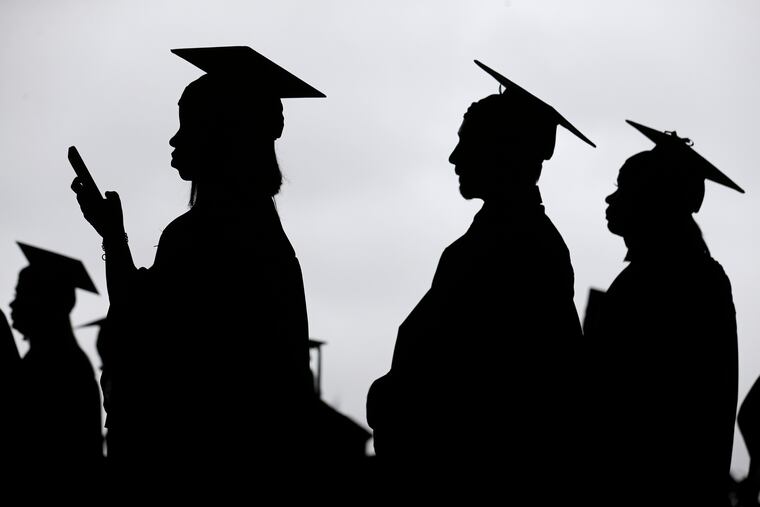Hungry, homeless and in college | Editorial
A new study opens up another dimension of the high cost of higher ed: reports that hunger and homelessness are on the rise among college students.

The belief in the value — if not the necessity — of a college education has rarely been questioned, and has grown as the workplace has become more sophisticated technically. It’s only been recently that the cost of college has loomed large in our conversation about education — and with a staggering $1.5 trillion in tuition debt and soaring college costs, a breaking point seems imminent. This kind of inflation is not sustainable, especially as wages don’t come near to keeping pace with costs.
Now a new study opens up another dimension of the high cost of higher ed: reports that hunger and homelessness are on the rise among college students.
The Hope Center for College, Community and Justice at Temple University released a new study this week that found a staggering 45 percent of students in colleges and universities nationwide have been food insecure in the past 30 days. Food insecurity means that they have experienced days when they don’t know where their next meal was coming from. And more than half have experienced housing insecurity.
The report surveyed 86,000 students at 123 colleges across the country, including two-year and four-year institutions. The survey questioned students about how they manage to feed and shelter themselves. A range of questions delved into food issues such as “I lost weight because there was not enough money for food“ or “I didn’t eat for a whole day because there was not enough money for food.”
These are heartrending statements for anyone to make, especially anyone who is living in this wealthy country. But for young adults who are pursuing an education, it’s especially poignant. There’s a big leap between the poetic version of the poverty of youth and the deprivations that can have an impact on one‘s ability to study or otherwise thrive.
Typically, when we contemplate the struggles for food or shelter that people experience, the default is to call on government for better and more inclusive solutions. It may be tough for some to open that sympathetic umbrella to include college students — especially since they’re paying for the experience of being there. But when what they are paying is increasingly putting college out of reach for so many, we can’t help calling this a crisis for which schools must take more responsibility. The average cost for a full year of tuition at a public university is $25,290, and $50,900 for a private university.
The study found that students from low-income homes are struggling more than others, with college costs challenging their ability to make ends meet. Many of these students also struggle to hold down jobs and support families.
The study points to remedies some colleges are taking, such as helping students access social services like food stamps. Many, like Temple, have opened food pantries. The typical image of a college student is one who has a support system to cover basic needs. The study suggests we need to revise our view of student life. And so do the institutions of higher learning that enroll them.